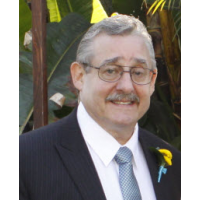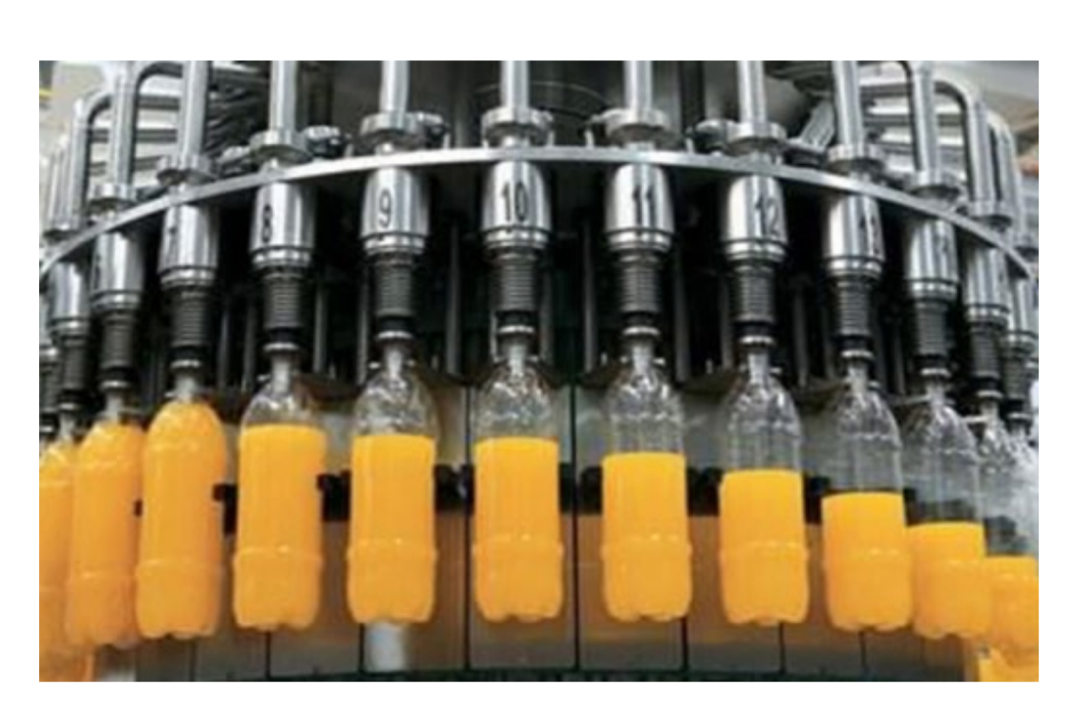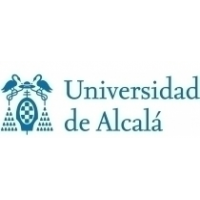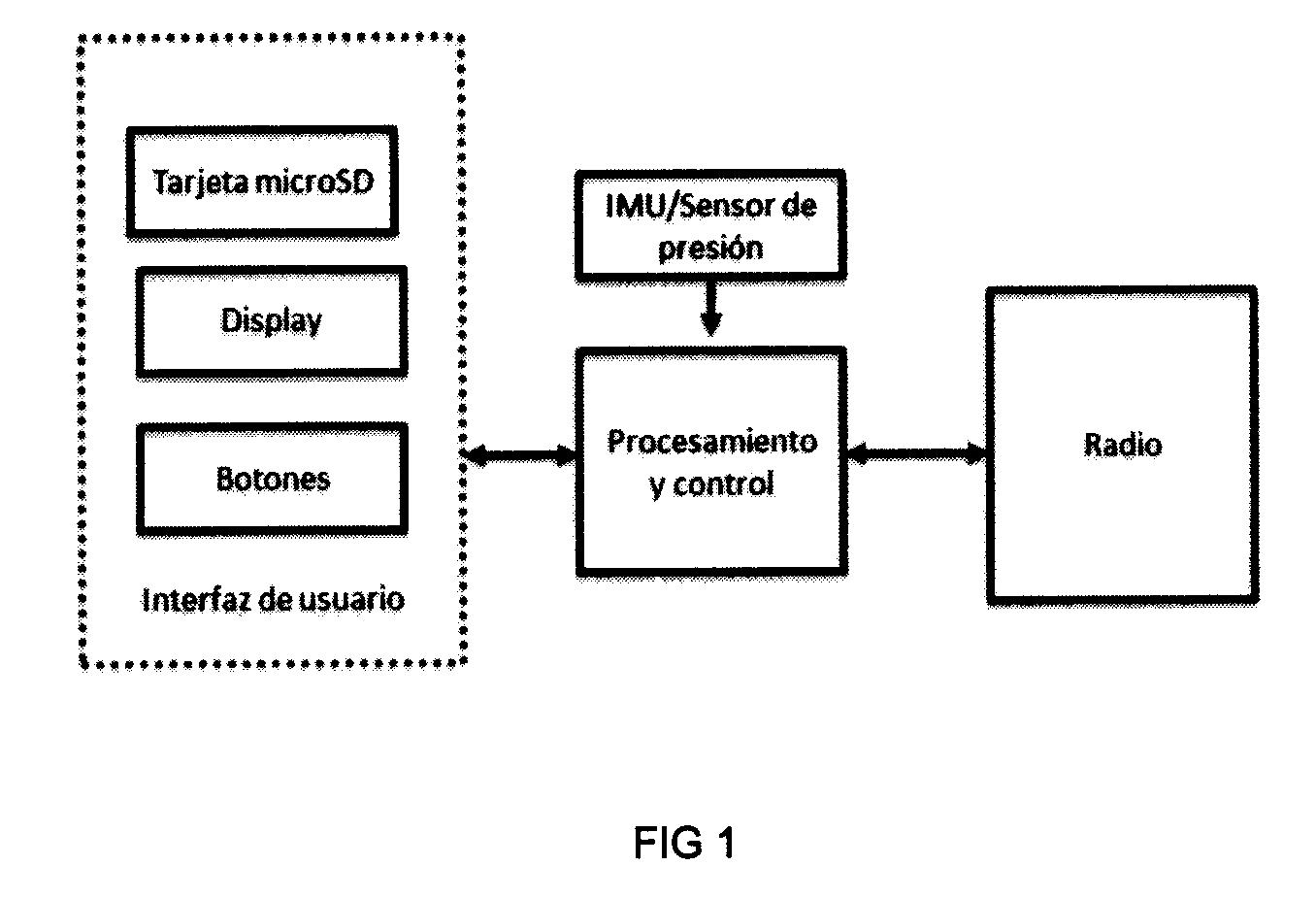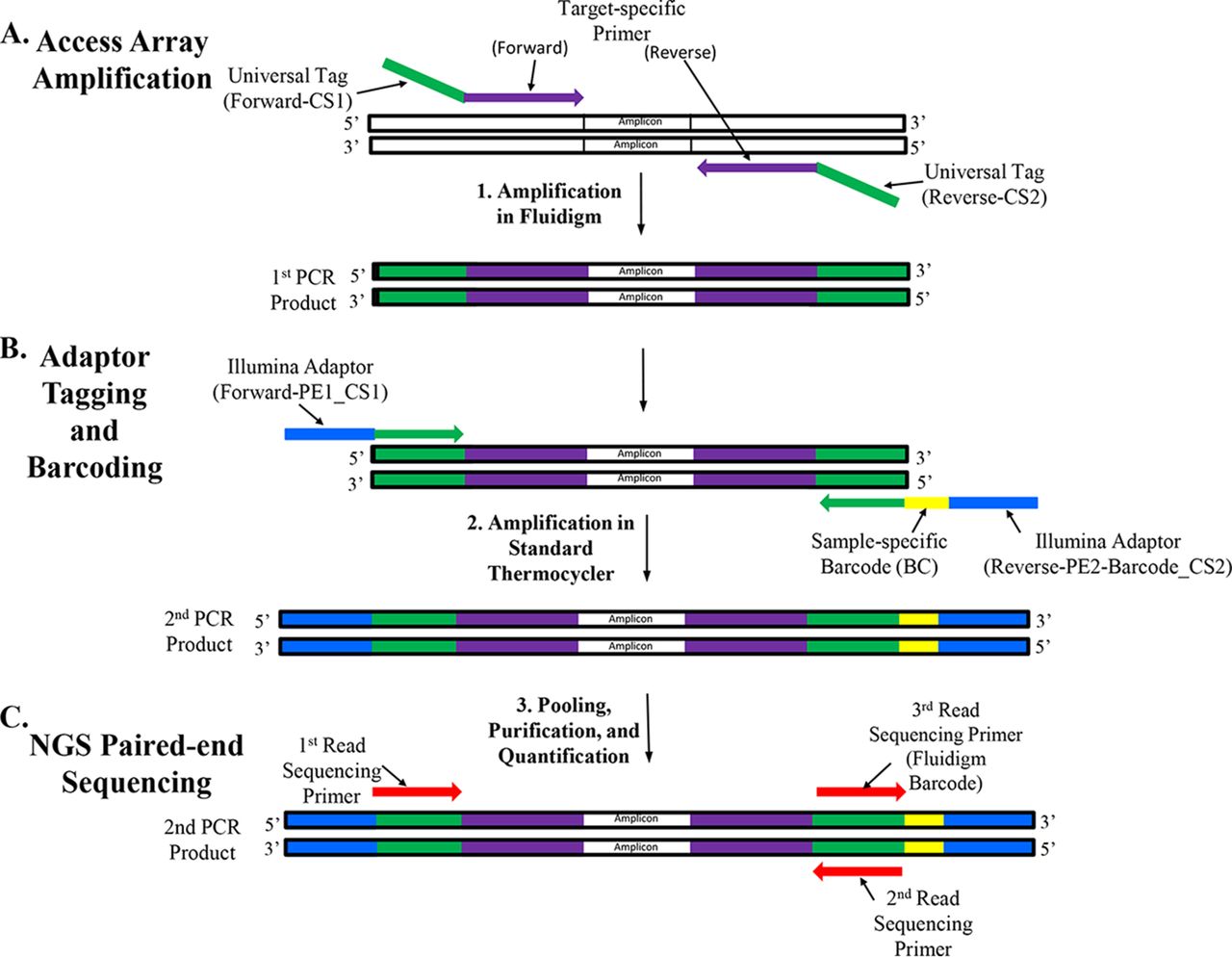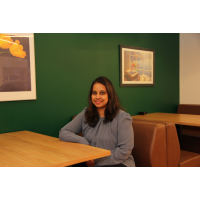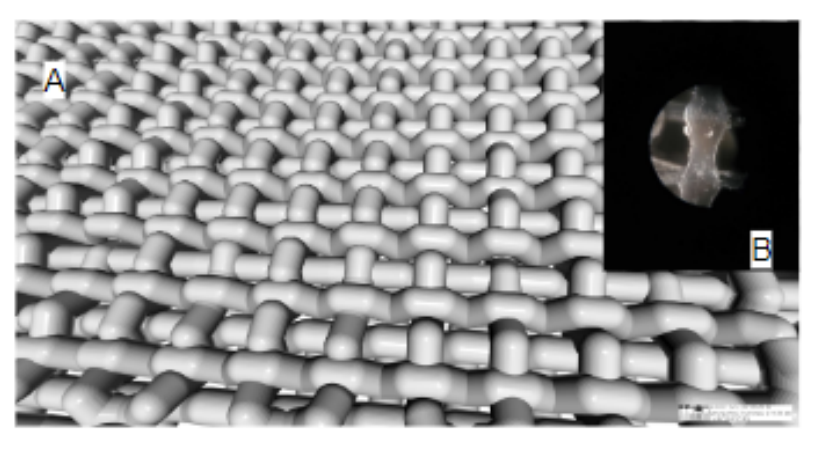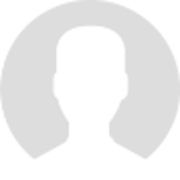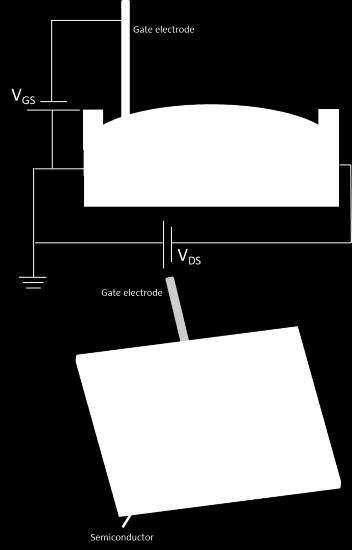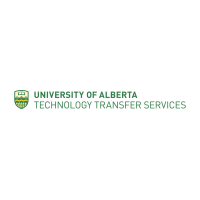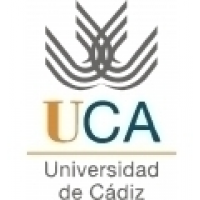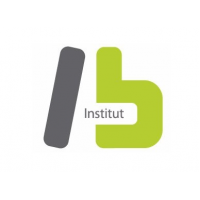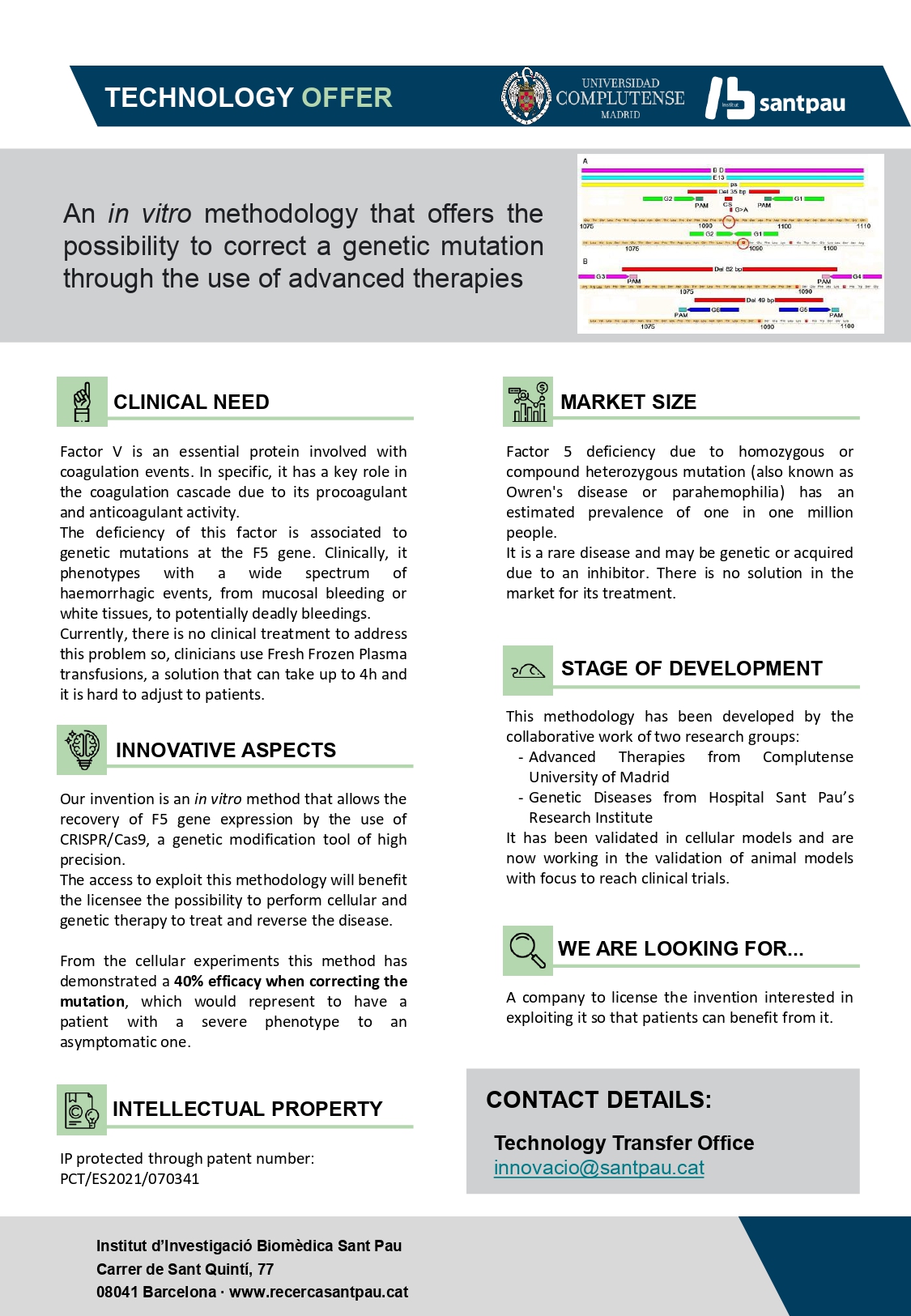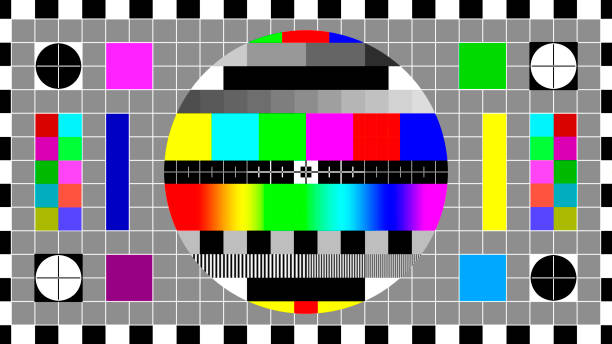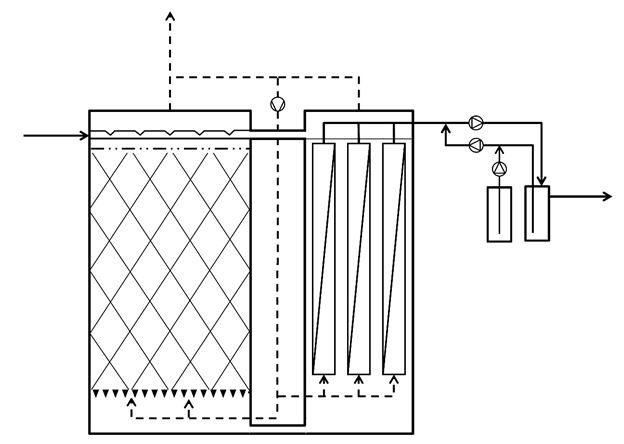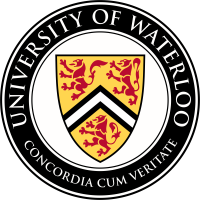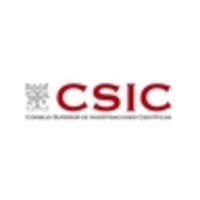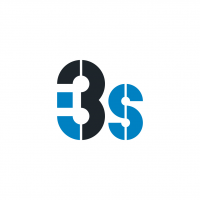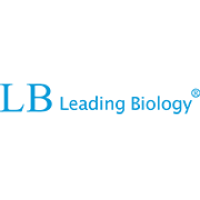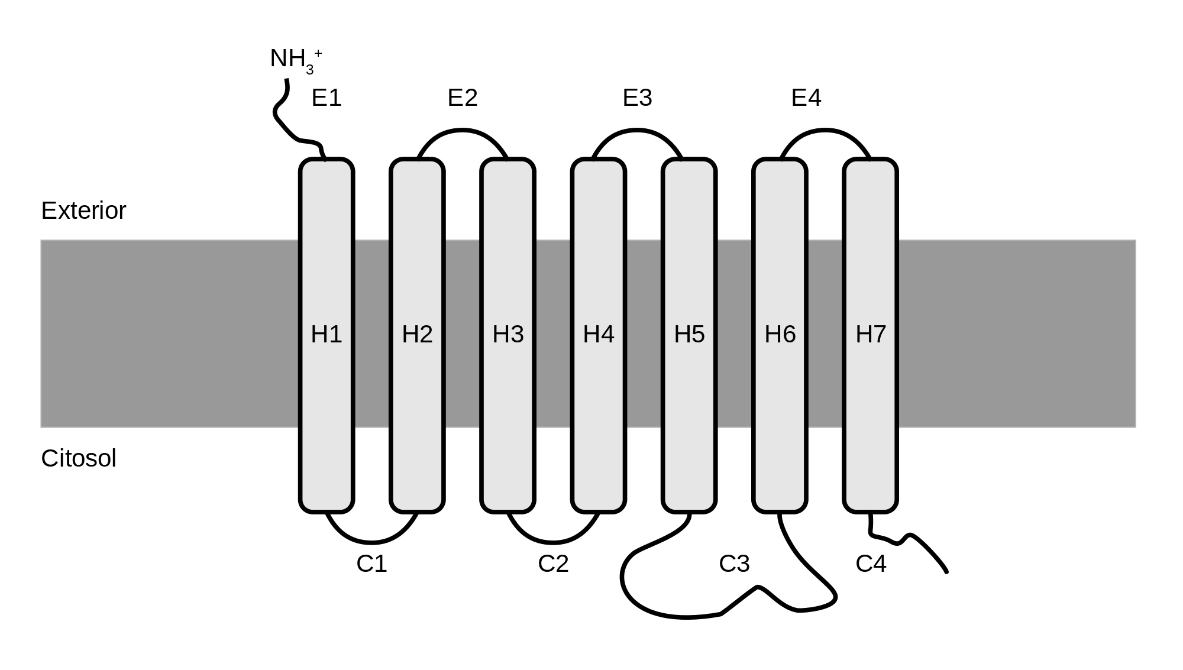Technology Offers Site map description
A
Allan M Olbur posted this:
Alternative source of fresh drinking water for Beverage Bottling PlantsThe water quality in specialty beverages plays a huge role in the finished product. Without a proper filtration process, you could be letting unwanted minerals and bacteria alter the taste and look of your drink.
Chairman at Green Technology Global, Inc.Universidad de Alcalá-OTRI posted this:
Altimeter based on radar, inertial and atmospheric pressure systems for aerial, acrobatic and unmanned vehicles.The Intelligent Systems Research Group of the University of Alcalá presents an altimeter based on radar, inertial and atmospheric pressure systems for aerial, acrobatic and unmanned vehicles. It is a sensor capable of measuring height with respect to the ground integrating radar, barometric and inertial technologies. The group seeks to achieve licensing, collaboration or commercial agreements with technical assistance, with companies or research groups related to the aeronautical and aerospace sector. Dirección de Transferencia Tecnológica (DIT) Universidad Adolfo IbáñezUniversidad Adolfo IbáñezDirección de Transferencia Tecnológica (DIT) Universidad Adolfo Ibáñez
Dirección de Transferencia Tecnológica (DIT) Universidad Adolfo IbáñezUniversidad Adolfo IbáñezDirección de Transferencia Tecnológica (DIT) Universidad Adolfo IbáñezAgente de Innovación at Universidad Adolfo Ibáñez
View ProfileDirección de Transferencia Tecnológica (DIT) Universidad Adolfo Ibáñez posted this:
Alzheimer Early Test, a machine learning method to preemptively detect Alzheimer desease.The software addresses the need to identify the risk of developing Alzheimer's disease in patients at an early stage of life, which can be crucial for implementing preventive interventions and more effective treatment, but above all for planning in advance the legacy that the affected person will leave to their family and loved ones, as well as for making the best decisions together for both parties. Using a machine learning algorithm trained with data from the GERO cohort, the software has the ability to predict the risk of a patient developing Alzheimer's disease at an early age. It is based on dimensionality reduction techniques to analyze a panel of microRNA data from the GERO cohort, which includes information on mental health, laboratory chemistry measurements, and other relevant variables. This approach allows the software to generate accurate and personalized predictions about the risk of Alzheimer's for each patient, which can guide clinical decisions and improve health outcomes.
Agente de Innovación at Universidad Adolfo IbáñezSayali Warad posted this:
An Algorithm solution for the computation of nonplanar continuous interweaving 3D Printing tool path for polymers and polymer composite materialAn implemented algorithmic solution for the generation of continuous interweaving algorithms toolpath for additive manufacturing of medium to large parts using stable polymer matrices
IP Market Analyst at University of Alberta, Technology Transfer ServicesIrene Uceda posted this:
An electrical stable electrochemical sensor device based on Electrolyte-gated field-effect transistor (EGFET)CSIC has developed an electrolyte-gated field-effect transistor (EGFET) with enhanced electrical stability. These new EGFETs operate in aqueous environment, and are stable for more than 12 hours under continuous operation, greatly surpassing current state-of-the-art EGFETs. The increased stability makes them suitable for real life applications. Industrial partners are being sought to collaborate through a patent licence agreement. An offer for Patent Licensing
Employee at CSIC - Consejo Superior de Investigaciones CientíficasUniversity of Alberta, Technology Transfer Services posted this:
An Enantioselective and Modular Platform for C4ʹ-Modified Nucleoside Analogue Synthesis- New chemical process to produce C4'-modified nucleoside analogues. - Potential application in developing antiviral and anticancer medications, as well as oligonucleotide-based therapeutic treatments. - Provides new opportunities in drug design.Universidad de Cádiz posted this:
An improved fast and high throughput method for the sequential measurement of nitrate and nitrite in water samplesWe have developed an improved fast and sequential protocol that permits the determination of low concentrations of nitrite and nitrate in aquatic samples using small volumes. It is ideal to analyse large sets of samples with different characteristics, since it is enough a small amount of water the volume and cost of reagents and consumables are reduced.Biomedical Research Center Sant Pau (IIB) posted this:
An in vitro methodology that offers the possibility to correct a genetic mutation through the use of advanced therapiesThe invention is an in vitro method that allows the recovery of F5 gene expression by the use of CRISPR/Cas9, a genetic modification tool of high precision. The access to exploit this methodology will benefit the licensee the possibility to perform cellular and genetic therapy to treat and reverse the disease.Peter Mogyorosi posted this:
An Innovative Technology to Effectively Utilize and Recycle Sewage SludgeOur partner, a Hungarian company developed a patented technology that provides a solution for transforming municipal sewage sludge into solid fuel (Solid Recovered Fuel - SRF), which also enables sewage plants to achieve significant cost savings.
CEO at Laser Consult Ltd.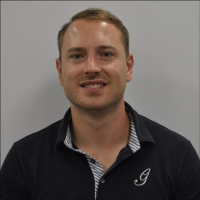 Fabian BelinLuxembourg Institute of Science and Technology (LIST)Fabian Belin
Fabian BelinLuxembourg Institute of Science and Technology (LIST)Fabian BelinPartnerships Development & IP Valorization at Luxembourg Institute of Science and Technology (LIST)
Fabian Belin posted this:
An interactive software tool to deal with missing values (gap filling) in hydrological time series for water managementgapIT is a JAVA-based software package that automatically calculates missing data using different data-infilling techniques, using hydrological discharge data series measures at gauging stations as input. Donor stations are automatically selected based on Dynamic Time Warping, geographical proximity and upstream/downstream relationships among stations. For each gap, the tool computes several flow estimates through various data-infilling techniques, including interpolation, multiple regression, regression trees and neural networks. The interactive visual application allows the user to select different donor station(s) than those automatically selected. The results are validated by randomly creating artificial gaps of different lengths and positions along the entire records. Using the Root Mean Squared Error and the Nash-Sutcliffe coefficient as performance measures, the method is evaluated based on a comparison with the actual measured discharge values.
Partnerships Development & IP Valorization at Luxembourg Institute of Science and Technology (LIST)Yeda posted this:
An Off-Line Image Search EngineAlthough images search engines are available online, offline networks and databases (in governmental offices, banks, etc.) require an efficient and reliable image search engine. Prof. Michal Irani and her team developed a method for Visual Inference of a collection of images, which builds upon collaboration between the images. This algorithm could implement inside offline networks without relying on external databases.SUSANA CÁMARA DECIMAVILLA posted this:
Anaerobic treatment of biodegradable waste liquidsBioreactor formed by two connected closed tanks (anaerobic digestion tank and filtration tank) for the anaerobic treatment of complex wastewater with biogas production. A support material is used, in a non-arranged way, increasing the active biomass accumulation capacity and allowing downwards flow in the digestion tank.
CEO at UNIVERSIDAD DE BURGOSUniversidad de Alcalá-OTRI posted this:
Analysis and heuristic optimization software system for wind farm design.The utilization of technologies of soft computing has been vaguely applied to the optimization of the design of wind farms, and only with a limited set of parameters. Gheode group has developed a series of algorithms that consider in a much more realistic way the designing of parks, having in addition a great versatility to incorporate improvements or made-to-measure expansions for every client in particular.University of Waterloo posted this:
Anchor system for FRP platesFiber reinforced material and, in particular, fiber-reinforced-polymers (FRP), have been introduced for the structural rehabilitation and retrofitting of aging infrastructure as they are stronger than steel and not susceptible to corrosion. However, FRP plate can be more difficult to anchor to the base material (the underside of a bridge for example) because of low transverse compressive strength (i.e. it’s easily crushed), which can lead to breakage at or near the anchor point. Finding a suitable anchor system for FRP plates is a challenge as FRP plate is generally sensitive to lateral stress. It is, therefore, desirable to provide an improved anchoring system for fiber reinforced materials. Further, typical anchors for FRP plates tend to be very large, expensive, and difficult to manufacture.CSIC - Consejo Superior de Investigaciones Científicas posted this:
Andrographolide derivatives for its use as treatment for inflammatory diseasesAndrographolide derivatives for its use as treatment for inflammatory diseases related to cytokine storm. CSIC, the Polytechnic University of Valencia, the University of Navarra and the Medical Applied Research Foundation have developed semi-synthetic derivatives of andrographolide, a plant-derived product, very useful for the treatment of inflammatory diseases related to a massive cytokine release. These new compounds show a secure and specific way to control the inflammation, that can be caused by a viral infection, as COVID-19, a bacterial infection or by immunotherapy. Industrial partners are being sought to collaborate through a patent licence agreement or codevelopment. An offer for Patent Licensing or Collaboration for developmentTTPU posted this:
Anti-adhesive Biopolymer CoatingResearchers have developed an anti-adhesive coating based on a polymer naturally and sustainable produced by a marine bacterium. This coating prevents the bacterial adhesion and the subsequent biofilm formation that usually leads to host bacterial infections difficult to eradicate and control with the antibiotics currently in use, namely in hospital environments. This coating can be applied in a cost effective way to a broad range of materials through the application of a universal glue.Leading Biology posted this:
Anti-GPCR Antibody ProductionWith rich experience in antibody discovery and membrane protein studies, experts from Leading Biology have launched a membrane protein antibody development platform. We provide a one-stop service of anti-GPCR membrane protein antibody discovery service against a variety of GPCR targets now.
Business Development Manager at Leading BiologyYeda posted this:
Anti-QSOX1 Antibody for Treating Cancer and MetastasisCancer, and especially cancer metastasis, is a leading cause of death worldwide. Research in recent years highlighted the importance of the extracellular matrix (ECM) surrounding the tumor in cancer progression metastasis formation. Therefore, many attempts currently address the unmet need to target enzymes that remodel the ECM to treat cancer. The current technology is a monoclonal antibody that specifically inhibits QSOX1, an enzyme that remodels the ECM and is up-regulated in several cancers. The antibody effectively inhibited tumor progression and metastasis formation in several mouse models, especially when combined with chemotherapies. The antibody potentially offers a generalized treatment for several cancer types as a single agent or in combination with standard of care chemotherapies.Javier Montiel Bonmatí posted this:
Antibacterial alternative to antibiotics, with high specificity against Escherichia coliThe "Molecular Microbiology" research group at the University of Alicante has modified several phage proteins (Poll-N and UK-C) that have high specificity against Escherichia coli (E. coli), but not against other Gram-negative (G-) bacteria. For these reasons, their use as a specific antimicrobial against E. coli is potentially interesting, especially in the case of contaminated food, cosmetics or water. It would also be useful in the treatment of diseases (infections) caused by E. coli. The presence of a histidine tail attached to the phage proteins not only facilitates their purification but also improves lysis efficiency without the need of cell permeabilization treatments. Companies interested in the commercial exploitation of the technology through license agreements and/or technical cooperation are sought.
Universidad de Alicante Dirección de Transferencia Tecnológica (DIT) Universidad Adolfo IbáñezUniversidad Adolfo IbáñezDirección de Transferencia Tecnológica (DIT) Universidad Adolfo Ibáñez
Dirección de Transferencia Tecnológica (DIT) Universidad Adolfo IbáñezUniversidad Adolfo IbáñezDirección de Transferencia Tecnológica (DIT) Universidad Adolfo IbáñezAgente de Innovación at Universidad Adolfo Ibáñez
View ProfileDirección de Transferencia Tecnológica (DIT) Universidad Adolfo Ibáñez posted this:
Antibacterial Nano-Spheres, wide range of applicationsThis innovative method synthesizes hollow titanium dioxide nano-spheres with high antimicrobial capacity and a broad spectrum of application, ranging from food to the disinfection of surgical instruments and hospital rooms. In contrast with other known methods such a electro-deposition, in-situ synthesis or freeze-unfreeze cycles, it is better at handling the residues from the synthesizes process, less complex and economic. It is a most effective method than antibiotics due to the rose of resistance in bacterias.
Agente de Innovación at Universidad Adolfo IbáñezCSIC - Consejo Superior de Investigaciones Científicas posted this:
Antibiotics to treat diseases caused by HelicobacterCSIC, the University of Zaragoza, Institute Pasteur, IISA and ARAID have developed chemical derivatives that act selectively against the bacterium Helicobacter pylori, managing to reduce the bacterial load and even eradicate gastric infections caused by it. Industrial partners from the pharmaceutical industry are being sought to collaborate through a patent licence agreement. An offer for Patent Licensing CNIC (TTO)Spanish National Center for Cardiovascular Research (CNIC)CNIC (TTO)
CNIC (TTO)Spanish National Center for Cardiovascular Research (CNIC)CNIC (TTO)Technology Transfer Office at Spanish National Center for Cardiovascular Research (CNIC)
View ProfileCNIC (TTO) posted this:
Antibodies for the diagnosis and/or treatment of atherosclerosisNovel atherosclerosis biomarkers are in need to improve the strategies for diagnosis and prognosis of cardiovascular disease. CNIC and DKFZ researchers have discovered 18 novel antibodies that show reactivity against the atherosclerotic plaque, which can thus be potentially used for the diagnosis of this disease. Moreover, the use of one such antibody, A12, delays the progression of atherosclerosis and reduces the level of free circulating cholesterol and LDL.
Technology Transfer Office at Spanish National Center for Cardiovascular Research (CNIC)CSIC - Consejo Superior de Investigaciones Científicas posted this:
Antibodies to measure residual levels of mycotoxin ochratoxin A in foodCSIC and the University of Valencia have developed antibodies capable of determining ochratoxin A in food and ensure compliance with legislation on food products regarding the presence of this mycotoxin. Antibodies have been generated using novel functionalized derivatives of ochratoxin A. These immunoreagents have shown their efficacy in both direct and indirect competitive ELISA to detect concentrations close to parts per trillion. We are looking for companies interested in patent licensing for the development of fast, sensitive and portable kits for the analysis of ochratoxin A in foods and beverages based on these antibodies. The license of the patent is offered Effective, fast and accurate detection Ochratoxin A has a higher incidence in cereals, wine, juices and coffee One of the most harmful and frequent mycotoxins in food is ochratoxin A. Its presence is a real problem for human health due to its toxicity, and it causes significant economic losses to various productive sectors. The main fungi producing ochratoxin A belongs to the genera Penicillium and Aspergillus, and the products with the highest incidence are cereals, wine, juices and coffee. The small concentrations at which this potent toxin is usually found commonly require the use of sophisticated chromatographic methods. An alternative is the generation of antibodies against ochratoxin A with superior performance to the existing ones that allow this toxin being recognized with high affinity and specificity. These immunoreagents can be easily implemented in various analytical platforms, from the simplest, such as competitive ELISAs and immunochromatographic strips, to more complex, like chips or biosensors of different types, which allows us to simultaneously analyze a large number of samples in low-resource settings such as warehouses, cellars and even farmlands. Main applications and advantages Ochratoxin A derivatives functionalized at new positions have been synthesized that faithfully preserve the structure and characteristics of this potent mycotoxin. These new compounds have proven to be extremely efficient as haptens to generate antibodies capable of recognizing ochratoxin A with an affinity and selectivity not previously described. Immunoassays developed using these immunoreagents have been shown to be very sensitive, allowing analysis of ochratoxin A at levels close to 10 parts per trillion. These new methods are faster than instrumental procedures, especially when analyzing complex samples such as wine and coffee. The generated immunoreagents are easily adaptable to portable methods, such as ELISA kits or immunochromatographic strips. Patent status Prioriy patent application filed suitable for international extension For more information contact with: Mª Jesus Añón Marín Instituto de Agroquímica y Tecnología de Alimentos Consejo Superior de Investigaciones Científicas (CSIC) Tel.: +34 963900022 E-mail: mjanon@iata.csic.esYeda posted this:
Antibody Based Therapy to Treat Cancer and GI Related DiseasesA novel therapeutic antibody against MMP-7, with exceptional specificity, for the treatment of aggressive cancers. Although early programs targeting MMPs (matrix metalloproteins) were largely unsuccessful due to adverse side effects, they remain a viable and highly desirable therapeutic target. The main obstacle in the attempts to target MMPs is the ability to selectively target individual MMPs. The present invention provides highly selective targeted therapy against MMP-7, which is strongly associated with aspects of cancer development such as angiogenesis and metastasis. In a further development of their previous groundbreaking synthetic metal-protein mimicry molecules, researchers from Prof. Irit Sagi’s lab generated an antibody which exhibits exceptional degree of specificity towards MMP-7 over other MMPs. The present technology offers an opportunity to re-introduce improved MMP-targeting agents to the cancer therapeutics market, in particular aggressive cancers that face a major unmet medical need.ALL Chemistry Inc. posted this:
Antibody Drug Conjugates (ADCs)At ALL Chemistry Inc. we are dedicated to providing our customers with the highest quality Antibody-drug Conjugates technology. From our passionate customer service staff to our cutting edge technology, we guarantee that no project is too great or too small. So if you're looking for an experienced and reliable provider of Antibody-drug Conjugates technology, we at ALL Chemistry Inc. are here to help!
